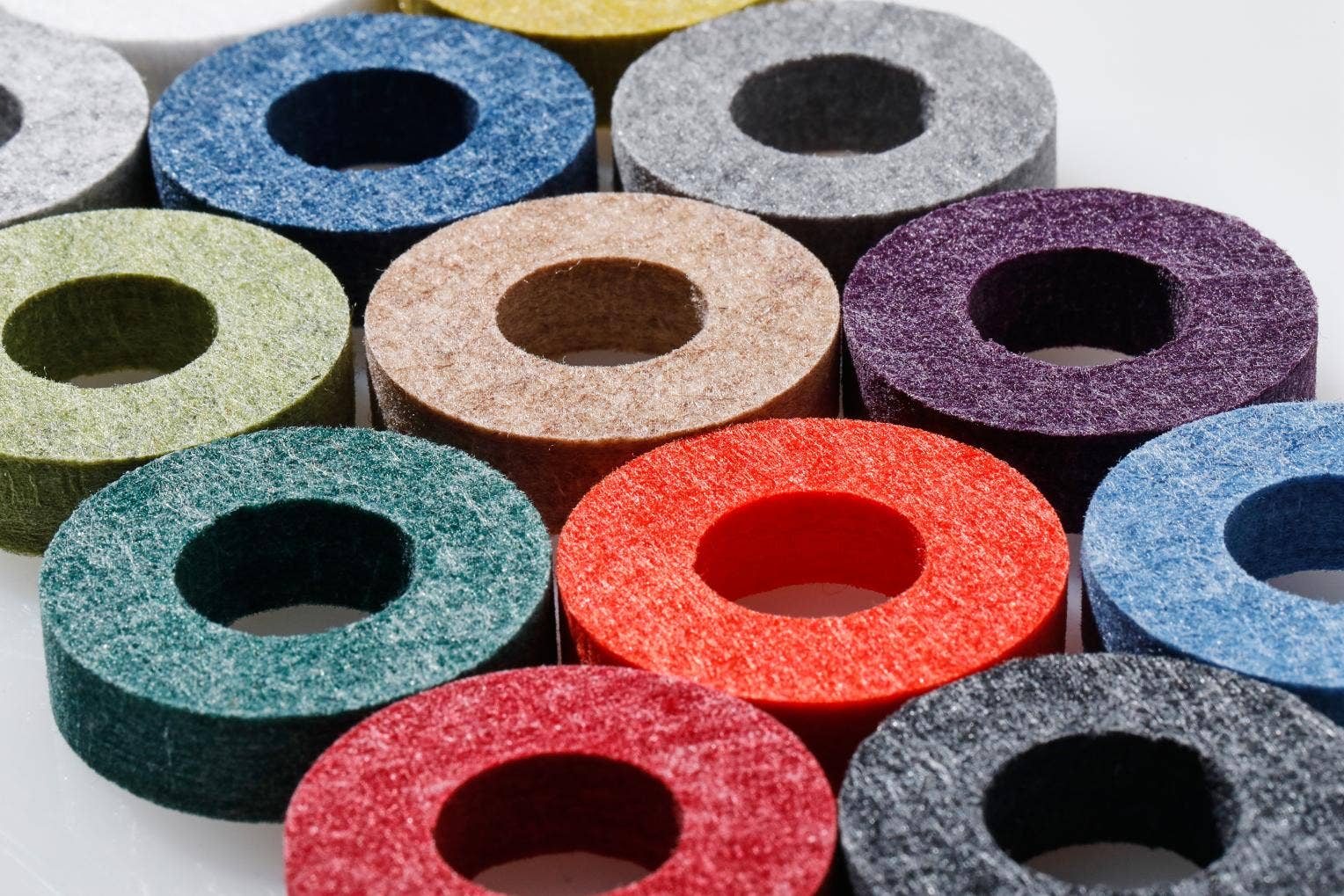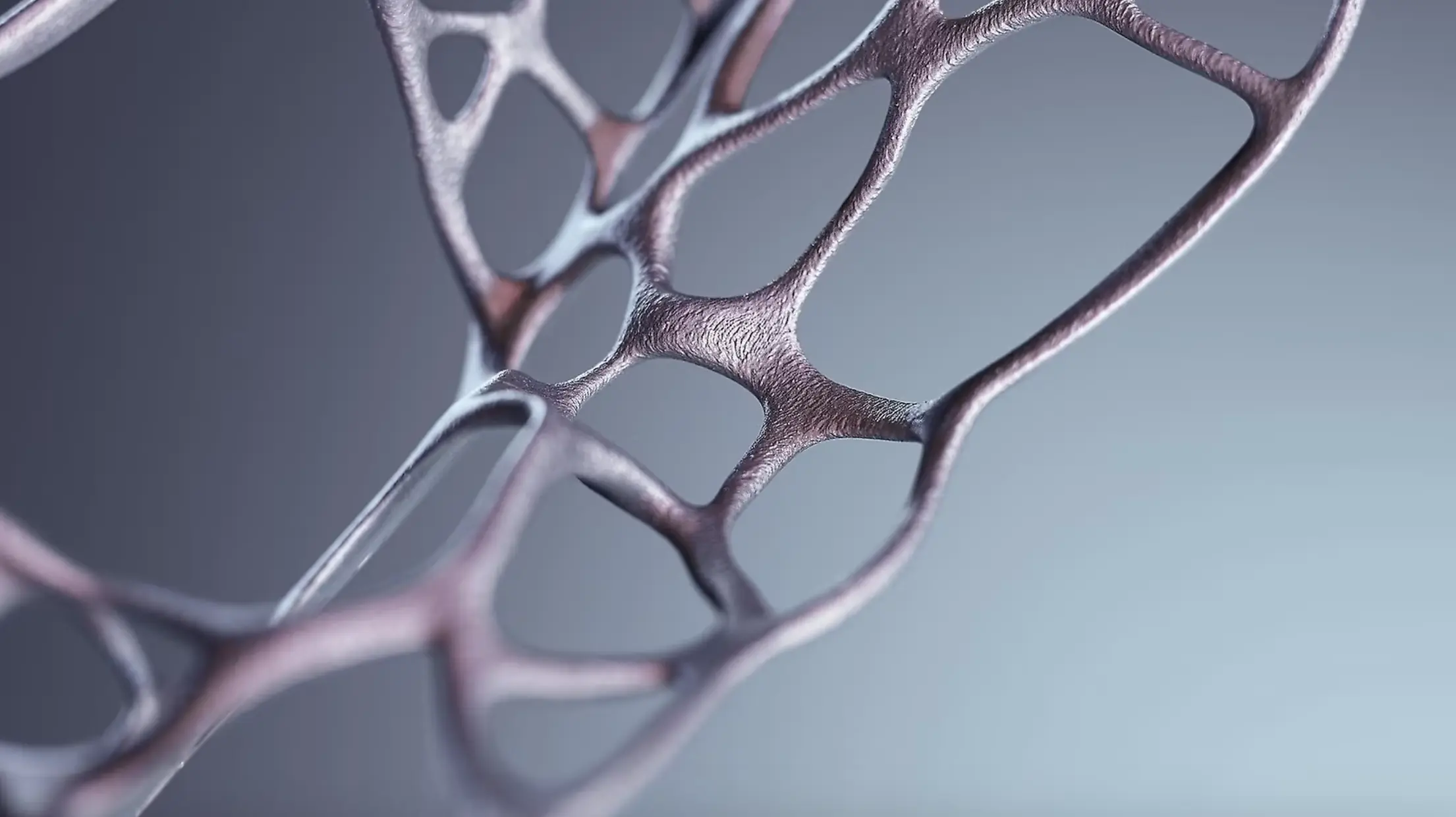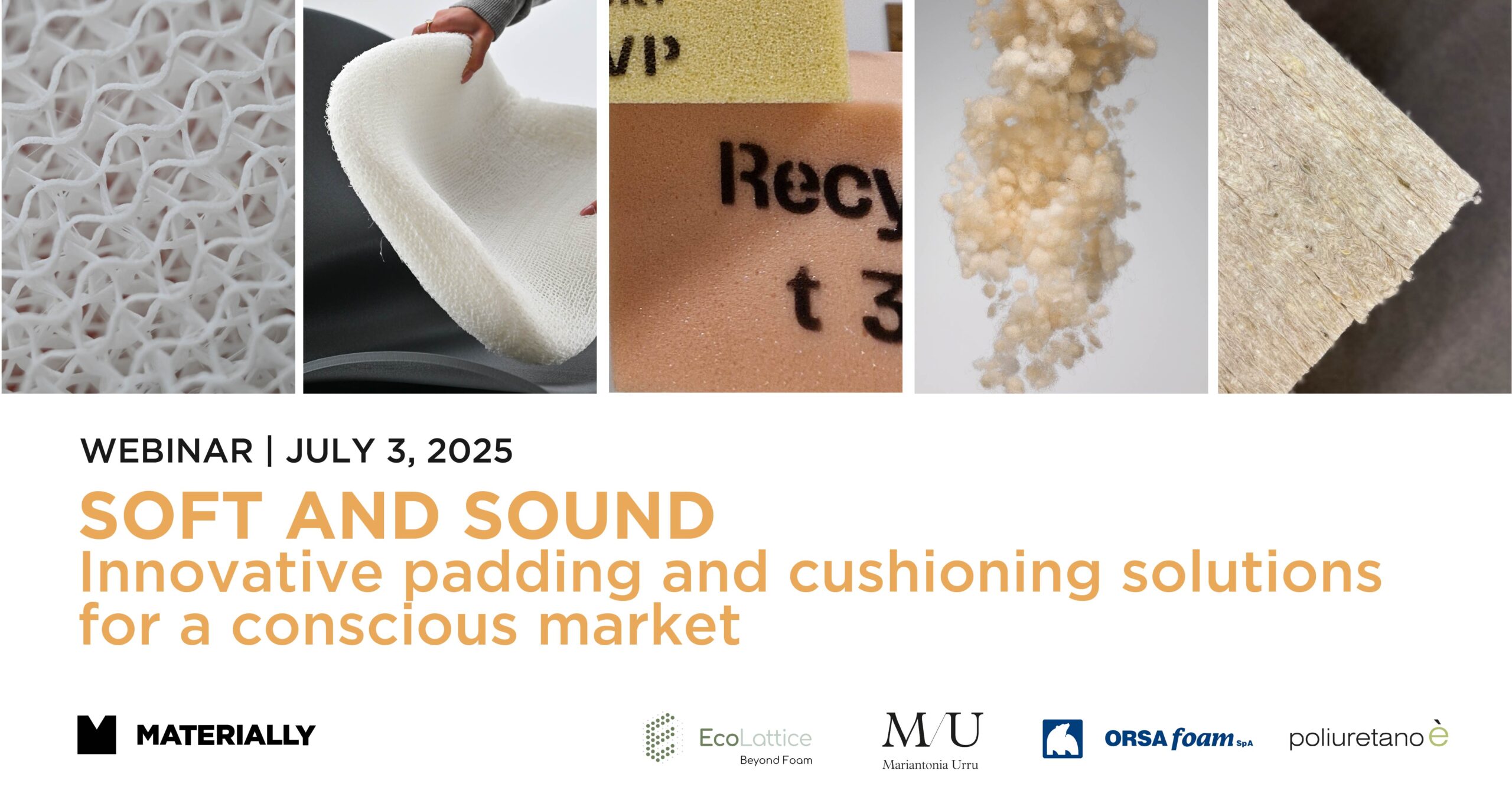
Materials influenced by design hybridization with science: ics materials
In recent years, new categories of materials and technologies are emerging influenced by the hybridization of design with science and some technological developments such as Internet of Things (IoT). These are termed ICS materials, an acronym for Interactive, Connected, and Smart Materials.
ICS materials are able to establish a bidirectional exchange of information with non-human and human entities and respond reversibly to external stimuli, modifying their properties and qualities. Lastly they can be programmable, not only through software.

Image courtesy of E.Textint
Textint Corp. has developed a conductive material for the textile industry. These are flexible and resistant films and ribbons supplied in rolls, a high-performance adhesive material with conductive properties, ideal for smart clothing (materials with one or more characteristics that can be changed and controlled by external stimuli, such as temperature, humidity, pH, electric or magnetic field etc), and for healthcare applications. This material is light, shows excellent adhesion to different fabrics, keeps a high electrical conductivity even after several washes and soft to the touch.
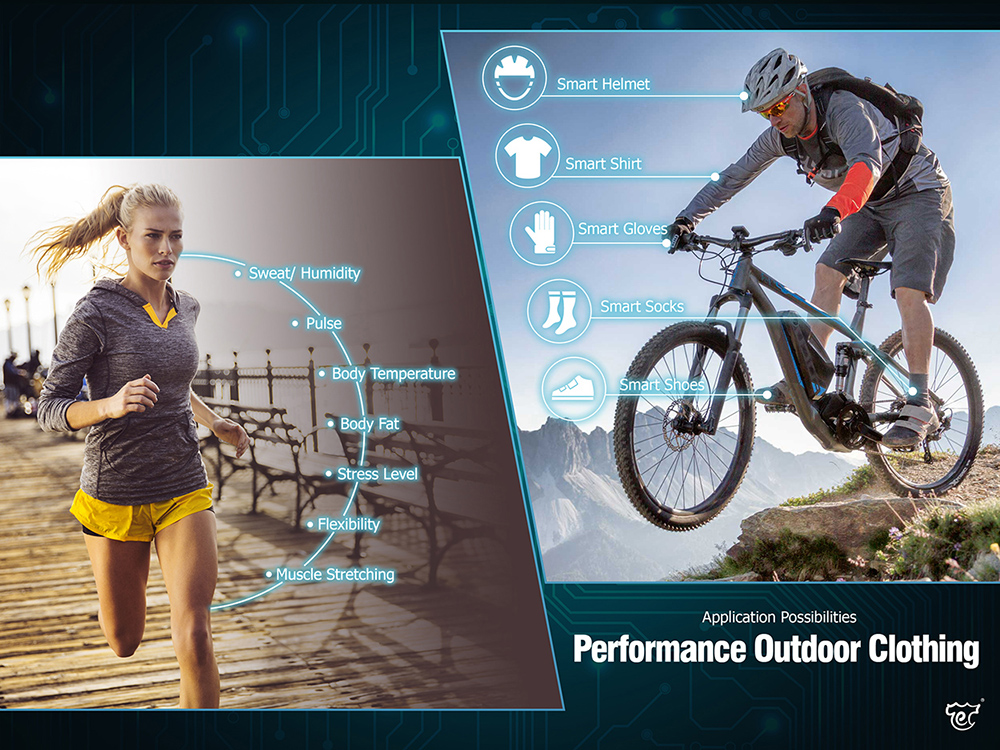
Image courtesy of E.Textint
Films and ribbons are very easy to apply by heat transfer and can be cut into any shape and size, thus leaving a high degree of freedom during design process.
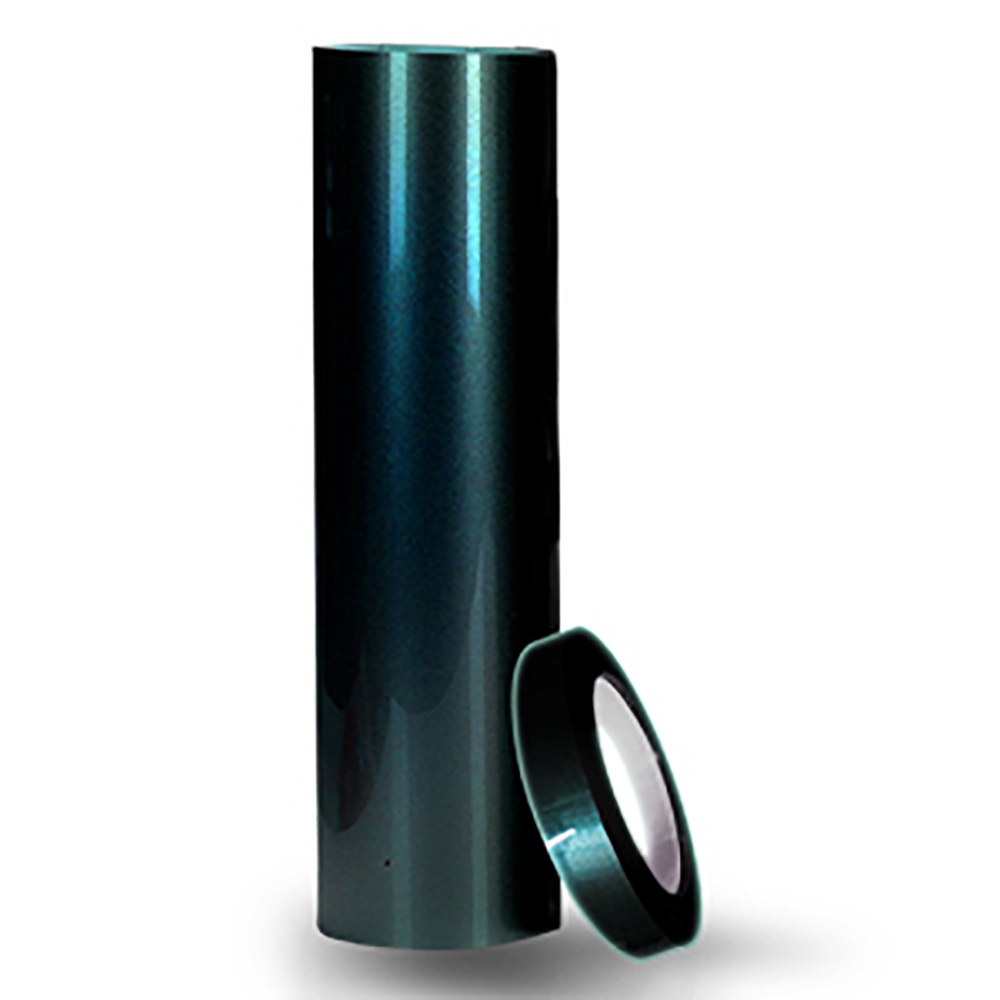
Image courtesy of E.Textint
Within ICS materials category there are also several experiments such as Active Textile Tailoring, a process developed by MIT Self-Assembly Lab and the Ministry of Supply clothing company.
It’s about a process capable of creating Smart fabrics in which fibers change shape and structure in response to heat.
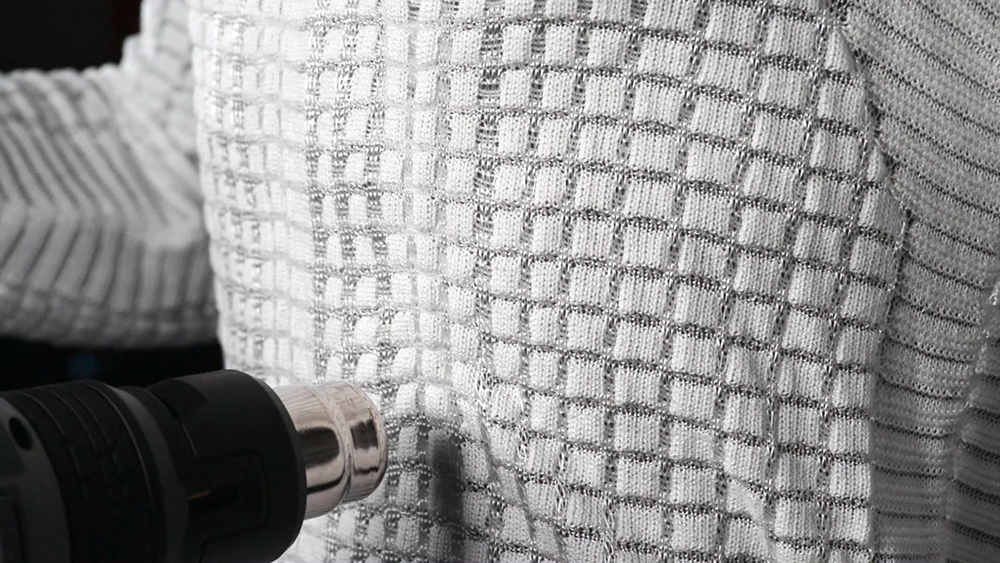
Image courtesy of Self-Assembly Lab
Fabric does not need batteries, it shrinks when exposed to heat thanks to both the structure of the weft itself and the combination of materials used.
“People want to make smart garments and shoes, but they always put batteries in shoes,” says Skylar Tibbits, founder and co-director of Self-Assembly Lab. “We want products to be active and smart, but at the same time passive, in the sense that interactivity is based only on material, not on complex systems”.
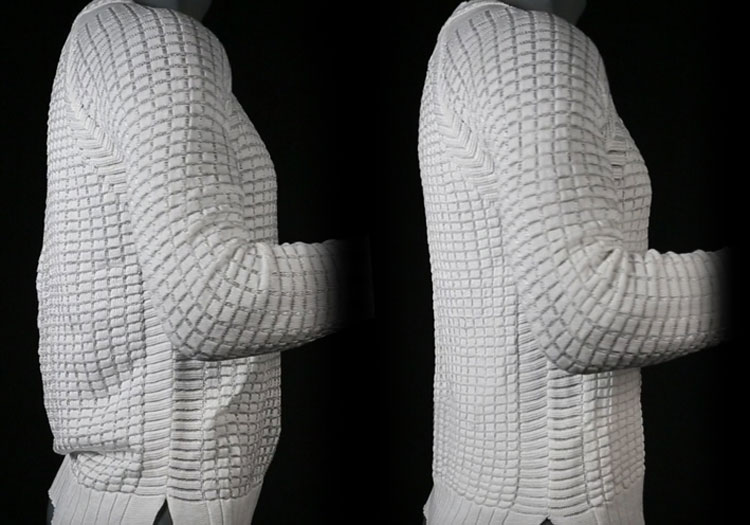
Image courtesy of Self-Assembly Lab

